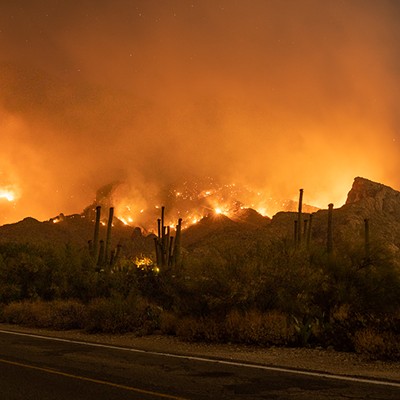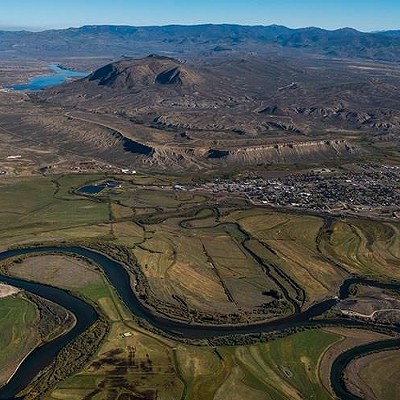"The authors of Proposition 200 would like us to believe that the city has plans to recycle the water we flush down our toilets and deliver it to our homes as potable water supply." What this "blatant attempt to scare voters" ignores, the editorial continued, is that state law already prohibits toilet-to-tap as a source of public drinking water.
The Arizona Department of Environmental Quality prohibits reclaimed toilet water for human consumption. But it does allow it to be used for recharge if the water is further treated to meet a higher standard.
The city of Scottsdale has had such a program since 1999. What it means is that treated wastewater--used for golf courses and parks--is further purified to drinking-water standards and recharged into the ground to replenish the groundwater table.
"We want to make sure that whatever we put down there is just as good or better as what's in the aquifer," said Art Nunez, water and wastewater treatment director for the city of Scottsdale. "What people forget is that you're actually getting additional treatment in the soil itself."
Maybe it was the Prop 200 Web site drawing of a toilet directly connected by a pipe to a water faucet that revolted the Star's editorial board. "(Prop 200 authors) even put a drawing on their Internet site to fan the hysteria."
Revolting? Yes, but it's pure metaphor.
Scottsdale is only following the lead of other conservation-conscious communities like El Paso, Texas, and Orange County, Calif.
Tucson would already be drinking its own effluent (properly treated and filtered through recharge into the ground, of course) if it didn't get half of its drinking water from the Colorado River (properly treated and filtered through recharge into the ground, of course).
Further, the current drought plus the unknown effects of global warming could quickly end the bounty of that other river, the Colorado.
Overlay rising global temperatures on prolonged drought, "and the potential for impacting runoff is not fully understood yet," said Kathy Jacobs, executive director of the Arizona Water Institute, a water sustainability consortium of the state's three universities, to an audience of the recent Tucson Community Conversation on Water. "It's really scary. I don't believe we've fully addressed those two concepts."
Oh, and about that Colorado River water? The Central Arizona Project, the arcane system of open canals that delivers that mighty river's water to Phoenix and Tucson, is "over-allocated and in severe drought," said Central Arizona Project Deputy General Manager Larry Dozier at the Oct. 26 Tucson water forum. By about half its normal capacity.
Barring the unknown--like the effects of climate change--Dozier said that air pollution and traffic congestion will probably limit growth before we run out of water. Nice.
But he wasn't above suggesting a hypothetical desalination plant on the Sea of Cortez.
Farfetched? So was the CAP prior to the late 1960s, he reminded the audience.
Back to effluent, which Tucson now dumps down the dry and barren Santa Cruz: Are we wasting a potentially renewal source of water?
Not really. In a sense, we're actually recharging the groundwater system. Just putting back in what we're taking out. As we should.
Bottom line: If we don't want "toilet-to-tap," we'll have to start conserving water. The average Tucson home currently uses 110 gallons per day, according to Tucson Water Director David Modeer, who is in a position to know, since the water utility supplies more than 79 percent of the area's water.
Compare our 110 gallons per day to 58 gallons per day in drought-stricken Australia.
How do we get to 58 gallons per day?
Run out of water. Just like Atlanta.










